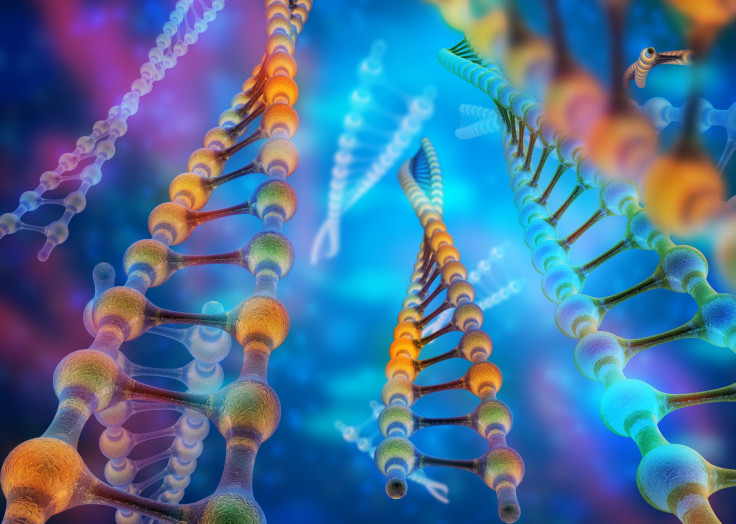'The Selfish Gene' Theory Challenged: Ribosomes May Be The Molecules Trying To Selfishly Reproduce

Though we have entered the genomic age, the language of genes is still so new and astoundingly complex that neither scientist nor seer can make absolute sense of it yet. Meanwhile, at least two theorists have begun to revisit the existing knowledge of DNA to see which parts, if any, still ring true. In a new paper, a father-daughter team has poked holes in “the selfish gene” theory; this tells us cells and even organisms exist only to protect and transmit genes, which compete to reproduce in brute Darwinian fashion. Instead, the two theorists propose it may be the ribosome and not the gene which is the selfish one.
What are Ribosomes?
Like genes, ribosomes are found in all living cells. Able to read DNA, they transform this genetic code into proteins that perform all the work of the cell. Importantly, ribosomes are composed of not only protein but also RNA, which exists in three separate forms.
And this is precisely where the Root-Bernsteins deliver their challenge to accepted scientific wisdom. The usual understanding is that one form of RNA, ribosomal RNA (rRNA), is purely structural in that it forms the skeleton of the ribosome "machine," while the other two kinds of RNA, messenger RNA (mRNA) and transfer RNA (tRNA), are outside the ribosome performing their work. For example, the job of mRNA is to translate the DNA code and carry it to the ribosome, while tRNA transcribes this message into amino acids, which are strung together along the ribosome to form a protein.
“Ribosomes are made of three protein-encrusted RNA strands that textbooks tell us are purely structural, but we show that ribosomal RNA once acted as the genes,” said Dr. Meredith Root-Bernstein, a researcher at Aarhus University, Denmark. Taking it a step further, if ribosomes once acted as genes, why not apply the selfish gene theory to them — maybe ribosomes, not genes, are the ones selfishly trying to reproduce themselves?
To test this new theory, Dr. Robert Root-Bernstein, a professor at Michigan State University, first elaborated another hypothesis: if ribosomes are seeking to reproduce themselves, the rRNA tucked within them would have to contain three features no one has ever noticed before: the genes to encode its own ribosomal proteins; the mRNAs needed to carry its own genetic message; and the tRNAs necessary to translate the message into protein. Then, Root-Bernstein turned to E. coli to see whether the ribosomes of that bacteria contained any of these features. Astoundingly, he discovered matches to all three of these hypothetical structures.
"We have demonstrated that rRNA contains the vestiges of the mRNAs, tRNAs, and genes that encode its own protein structure and function," Dr. Robert Root-Bernstein declared in a press release. “Ribosomes are not simply the passive translators DNA.”
Source: Root-Bernstein M, Root-Bernstein R. The ribosome as a missing link in the evolution of life. Journal of Theoretical Biology. 2015.



























